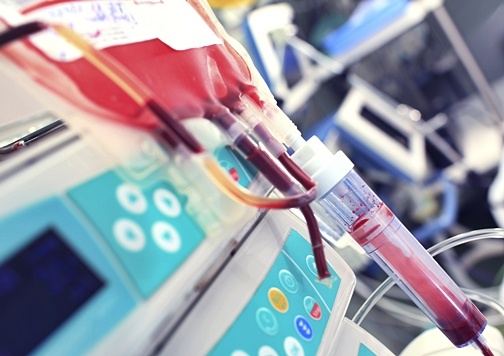
High doses of chemotherapy and radiology are used to treat most forms of cancer. While they can kill cancer cells, they can also damage the bone marrow that is responsible for producing healthy blood cells.
Transplant using stem cells can re-establish the bone marrow’s ability to produce healthy blood cells. Patients receive a transplant using stem cells intravenously — a very quick process. Once the stem cells are in the body, they embed themselves in the bone marrow, a process called engraftment.
Three types of transplants are typically used for cancer patients, Autologous, Allogenic and Syngeneic.
Autologous Stem Cell Transplant
Autologous stem cells come from the person who is receiving them. Some procedures involve stem cells being taken from a patient, being processed, then being transplanted back into the patient. A common type of autologous transplant using stem cells is when a person uses their own umbilical cord blood stem cells.
There is less risk of complications with this form of transplant because the stem cells are genetically identical to the person they are being used on.
Allogeneic Stem Cell Transplant
In this case the donor and recipient are different people. They must be a compatible match for the transplant to be possible and even if they are a match, there is a risk of rejection.
Umbilical cord blood is ideal for allogenic stem cell transplants because the risk of rejection is lower compared to stem cells from other sources.
Syngeneic Stem Cell Transplant
This type of transplant using stem cells occurs when a child donates their stem cells to an identical sibling (identical twins for example). They are an identical match and the risk of a stem cell rejection is very small.
Many more parents are choosing to save their baby’s umbilical cord blood stem cells in private cord blood banks. That way they can retain full control over how they are used. Parents who do not store them privately will often donate the stem cells to public cord blood banks so someone else can benefit.
With the numerous stem cell research and clinical trials underway, there will be many stem cell breakthroughs in the coming years, increasing the important of preserving umbilical cord blood stem cells with private cord blood banks.


